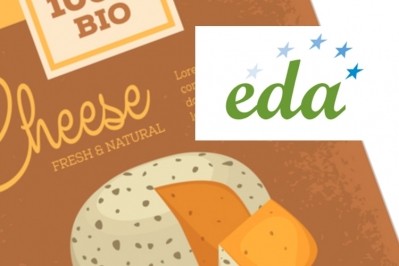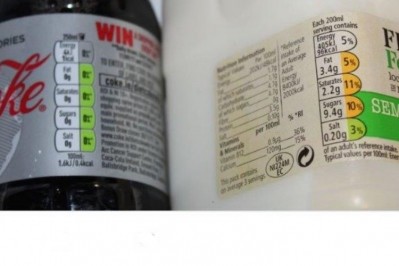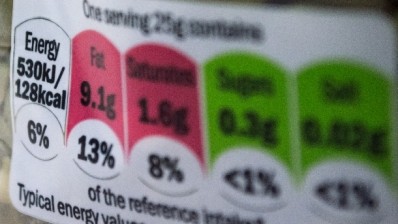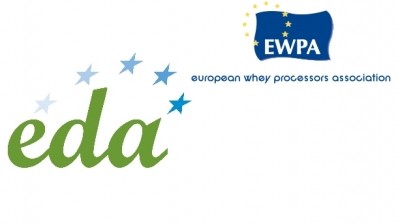EU approves EDA and ASSIFONTE cheese guidelines
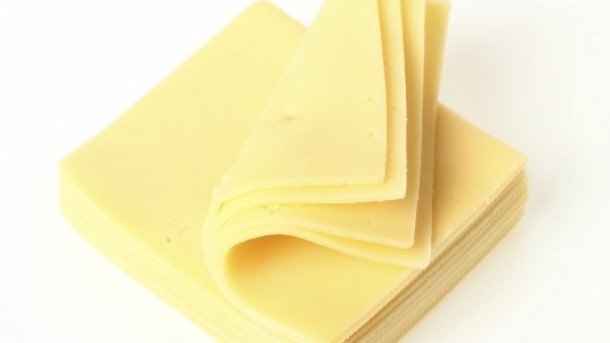
Alexander Anton, secretary general of EDA and ASSIFONTE, which represents the European processed cheese sector, said the EDA guidelines for ‘cheese as raw material’ are a “concise and state-of-the-art compendium on the high safety and quality of cheese as raw material within the processing industry.”
The guidelines are published alongside the ASSIFONTE ‘Good Manufacturing Guidelines Practice for Processed Cheese,’ which set an EU benchmark and a best practice manual for the processed cheese industry, he said.
The guidelines contained in the processed cheese document are intended as a reference for designing food safety control systems for processed cheese, from planning and documentation to implementation.
Recovered cheese
Despite all the efforts of food business operators along the cheese chain to achieve this, it is unavoidable that a small side-stream of cheese material gets out of the intended commercial or hygienic specifications; most of this cheese material is still suitable for direct human consumption, the guide states.
The ‘cheese as a raw material’ guidance document was drafted for this cheese, often referred to as ‘recovered cheese,’ to help businesses make decisions in line with hygiene regulations.
The document helps decide whether a cheese material is suitable for further food processing, directly or pending further treatment, or must be disposed of and used in accordance with the animal by-products legislation.
Recovered cheese may represent raw materials for further processing into other foods, possibly after some form of treatment.
According to the document, recovered cheese can be a valuable ingredient in the food sector, contributing to nutritious foods and a sustainable food sector by helping reduce food wastage.
Safe handling
The EDA said the purpose of the guide is to assist companies along the food chain ensure cheese used as a raw material is collected, handled, and prepared in a way that renders it safe for its intended use and that, in combination with further processing, results in safe ready-to-eat products in accordance with applicable food hygiene legislation.
The guidance covers the use of recovered cheese used as a raw material in the manufacture of foods, and not the manufacturing and handling of cheese intended for direct consumption.
The guide provides advice on the selection, handling and use of recovery cheese, and recommends suitable control measures and procedures.
‘Major step for food safety’
ASSIFONTE chair, Ludwig Rupp, said the EU Commission’s Standing Committee on the Food Chain unanimously approved the EDA Guidance for ‘Cheese as raw material’ and ASSIFONTE ‘Good Manufacturing Practice Guidelines for Processed Cheese’ in its last meeting.
“The European Commission and Member States have endorsed this major step for food safety, consumer protection and product quality across the Union,” Rupp said.
“This is the fruit of over 10 years of concentrated work from committed cheese experts from EDA and ASSIFONTE. I want to highlight specifically the work of Claus Heggum from the Danish Dairy Board, who really drove this project from the very beginning.”
Both guidelines will be translated into all 23 official EU languages.
